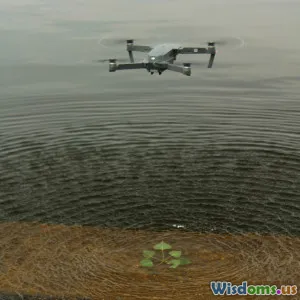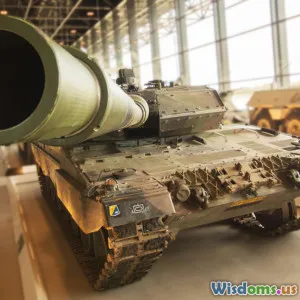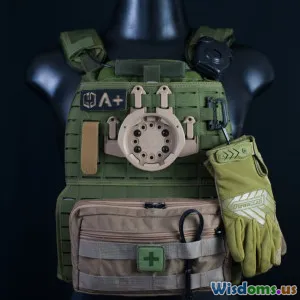
Exploring Advanced Military Simulation Techniques
6 min read Uncover the latest advancements in military simulation technologies and their impact on training and strategy. (0 Reviews)
Exploring Advanced Military Simulation Techniques
In an era where technology is advancing at a lightning pace, military organizations around the world are increasingly turning to sophisticated simulation techniques to enhance training, strategy, and operational effectiveness. These techniques not only improve readiness but also allow military personnel to engage in realistic combat scenarios without the associated risks of live exercises. This article explores the latest advancements in military simulation technologies, their applications, and their impact on the future of warfare.
The Role of Simulation in Military Training
Military simulation has evolved significantly over the years. Traditionally, training exercises were conducted in live environments, often resulting in high costs, potential casualties, and logistical challenges. Today, simulation technologies provide a safe and controlled environment where personnel can practice and refine their skills.
Types of Military Simulations
-
Virtual Reality (VR) Simulations: VR technology immerses soldiers in lifelike environments, allowing them to experience combat scenarios from different perspectives. This approach enhances decision-making skills and tactical awareness. For example, the U.S. Army's Synthetic Training Environment uses VR to replicate complex terrains and scenarios.
-
Constructive Simulations: These simulations involve computer-generated forces and scenarios that allow military planners to evaluate strategies and outcomes. They are essential for mission planning and can simulate the actions of both friendly and enemy forces.
-
Live Simulation: This involves actual troops operating alongside simulated forces. These exercises are crucial for developing coordination and communication skills in a real-world context.
-
Game-based Simulations: Utilizing gaming technology, these simulations engage soldiers in an interactive manner. They are often used for tactical training and can be adapted for various skill levels.
Technological Innovations Enhancing Simulations
The integration of cutting-edge technology in military simulations has revolutionized training methods. Here are some of the key innovations:
Artificial Intelligence (AI)
AI is being used to create adaptive training environments that can respond to a soldier's performance in real-time. By analyzing data from training exercises, AI algorithms can modify scenarios to challenge soldiers and promote skill development. This results in personalized training experiences that cater to individual learning curves.
Big Data and Analytics
With the collection of vast amounts of training data, military organizations can leverage analytics to identify trends, strengths, and weaknesses in performance. This data-driven approach allows for more effective curriculum development and helps in fine-tuning training methodologies.
Cloud Computing
Cloud technology enables military simulations to be conducted remotely, allowing participants to connect from various locations. This flexibility is especially beneficial for joint training exercises involving multiple branches of the military or allied forces.
Benefits of Advanced Military Simulation Techniques
-
Cost-Effectiveness: Simulations significantly reduce the costs associated with live training exercises, including logistics, equipment wear and tear, and personnel safety.
-
Increased Training Frequency: With simulations, troops can train more frequently without the constraints of scheduling live exercises. This leads to improved readiness and skill retention.
-
Risk Mitigation: Training in simulated environments minimizes the risks involved in live exercises, allowing soldiers to make mistakes and learn without the fear of real-world consequences.
-
Enhanced Collaboration: Simulation technologies facilitate collaboration among different military branches and allies, promoting a unified approach to training and strategy development.
Future Directions in Military Simulation
As military technology continues to advance, the future of simulation techniques promises exciting developments. Some anticipated trends include:
- Integration with Augmented Reality (AR): Combining AR with existing simulation technologies could create hybrid training environments that offer even more realistic experiences.
- Networked Simulation Systems: Future simulations may involve interconnected systems that allow for real-time data sharing and collaboration across different military units and nations.
- Enhanced Cybersecurity Measures: As simulations become more networked, safeguarding these systems from cyber threats will be crucial.
Conclusion
Advanced military simulation techniques are transforming the landscape of military training and operations. By leveraging technology, military organizations can ensure that their personnel are better prepared for the complexities of modern warfare. As these technologies continue to evolve, they will play a pivotal role in shaping the future of military strategy and combat readiness.
In an age of rapid technological change, the commitment to enhancing simulation training reflects a forward-thinking approach that prioritizes effectiveness, safety, and readiness for all military personnel.
Rate the Post
User Reviews
Popular Posts





















